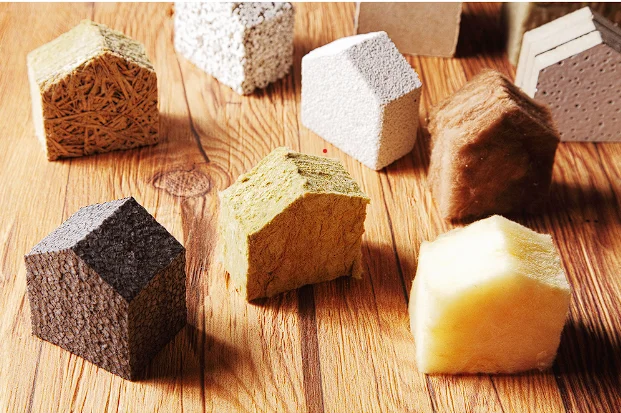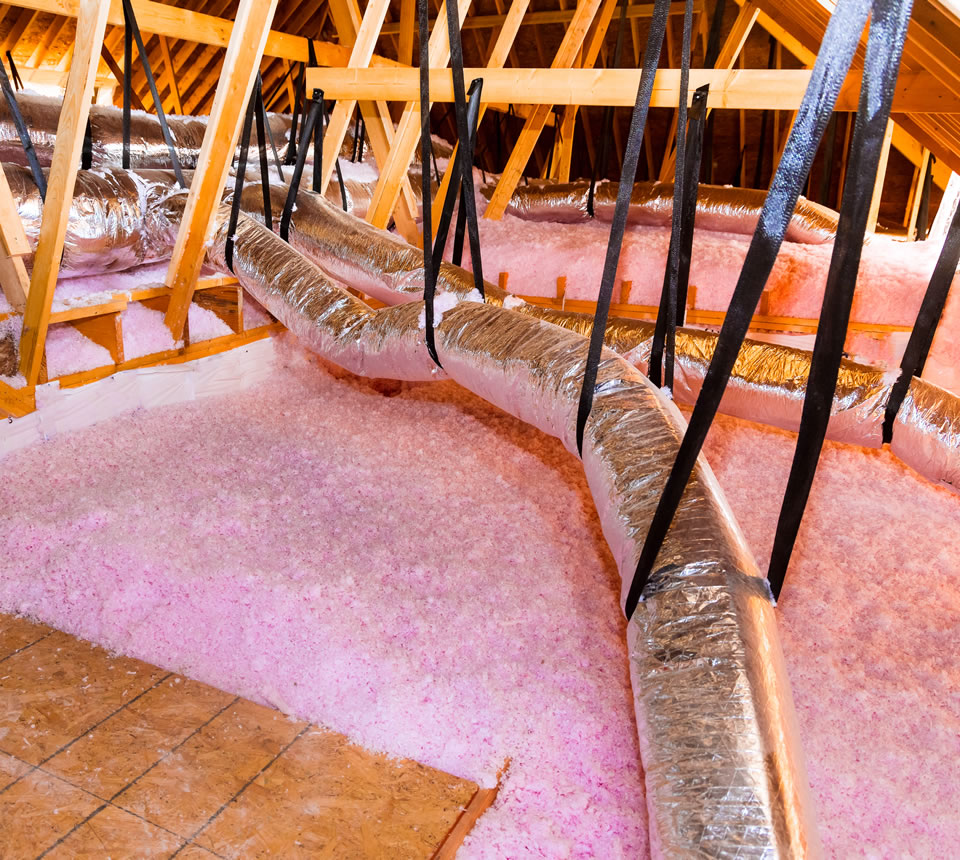Insulating your attic in Florida? Begin by inspecting the setup. Evaluate the thermal barrier, known as the R-value. Detect any moisture or mold growth. That might signal it’s time for an update!
So, which solution suits you best? Earth-friendly cellulose stands out. Fiberglass remains economical and versatile. Or choose spray foam for an unmatched seal.
Confident you can tackle the Florida attic installation? If you’re skilled with a caulking gun, do it! Otherwise, professionals provide craftsmanship, optimize resources, and maximize materials. Whichever path you choose, every choice inches you nearer to a cooler, energy-efficient attic!
Key Takeaways
- Your Florida attic stands as a fortress against scorching summers, so inspect its existing “armor” for mold, leaks, or deteriorated insulation.
- R-value serves as your champion. Opt for a sturdy rating to shield your home from relentless heat and energy waste.
- Higher R-values yield multiple rewards—steadier indoor temperatures, boosted comfort, and lower power bills.
- Premium insulation materials may demand a heftier budget, yet they often provide longevity and exceptional climate control.
Skilled technicians may seem costly at first, but their precise work prevents expensive re-dos and maximizes every dollar spent.
Embracing Florida’s Climate Twist
High temperatures and near-tropical humidity define life from Jacksonville to Key West, placing the spotlight on attic insulation. These steamy conditions slip into cracks and corners, intensifying the struggle for energy efficiency.
In such heat, it becomes vital to manage not just the blistering rays above but the dampness that lingers, challenging every square inch of your attic.
Grasping these weather quirks is the key to selecting a solution that won’t surrender under Florida’s demanding sunshine and moisture-laden breezes.
Why Attic Insulation Matters
A well-prepared attic forms a protective shield, standing guard against Florida’s ferocious sun and locking in comfort below.
When summer turns stifling, this overhead defense prevents the endless heat wave from seeping in. During cooler spells, it locks your warmth where it belongs.
Such equilibrium tames energy costs and extends the life of your cooling system—an advantage Filterbuy HVAC solutions acknowledges for homes craving efficiency and lower bills.
Taking Stock of Your Existing Setup
A thorough attic inspection uncovers insulation gaps and warns of moisture trouble—common Florida foes that compromise comfort and drive up costs. Beyond temperature control, proper coverage fends off dampness, reducing risks of long-term damage.
Look closely for sagging or dated material, as these flaws quietly sabotage your quest for a cost-effective sanctuary.
Consider the R-value as your insulation’s scorecard. For those under Florida’s blazing skies, aiming between R30 and R60 (per Department of Energy standards) secures both cooler living spaces and budget-friendly utility bills.
Discovering the Ideal Insulation Options
Florida’s sweltering air calls for strategic insulation choices that can stand tall under fierce heat. Each material—from tried-and-true cellulose to versatile fiberglass—brings its own flair, measured by thermal resistance or R-value. The higher that value climbs, the better your attic blocks scorching rays and keeps cool comfort indoors.
High-R-value solutions shine brightest in warm climates, making spray foam a popular contender for households seeking serious energy savings. But cellulose and fiberglass hold their own, too, offering durability that can outlast those unrelenting Florida summers. Filterbuy HVAC solutions often recommends checking not just the brand, but also the product’s potential to handle humidity.
While zeroing in on your pick, look beyond mere numbers. Moisture resistance becomes king in a region where dampness lurks. Also, consider fire-retardant properties and the overall impact on monthly bills. A balanced approach secures not just your attic’s well-being but your peace of mind.
Weighing Expert Installation Against DIY
Hiring professionals can feel like bringing seasoned navigators on board—trained to chart the quickest course through Florida’s attic insulation maze. They tackle unique attic quirks, deploy advanced application methods, and guarantee precise work that boosts long-term energy efficiency. Naturally, expertise comes at a steeper fee, yet it curtails the risk of costly re-dos.
Seasoned pros also sync effortlessly with Filterbuy, ensuring your chosen material pairs perfectly with your cooling system. Their keen eye for detail delivers top-tier performance, turning your attic into a robust barrier against tropical heat and moisture.
For the hands-on homeowner, doing it yourself cuts labor costs, but keep a steady grip on safety and technique. Mistakes or shortcuts might unravel the entire effort, leading to an inefficient barrier or even structural damage. Balance your comfort with your confidence in tackling an attic project—no one wants to wrestle with regret when Florida’s sun is at full blaze.
Frequently Asked Questions
How do I keep my attic cool in Florida?
Radiant barriers are reflective materials that block heat radiation, reducing heat transfer from your roof into the attic and lowering cooling costs.
What are the attic insulation requirements in Florida?
Depending on the region, Florida requires attic insulation with an R-value between R-30 and R-38. This insulation helps slow heat flow into your home and reduces energy expenses. Fiberglass and cellulose insulation typically meet these standards.
Should I spray-foam my attic in Florida?
Yes. Spray foam maintains its shape over time, offers long-lasting performance, and resists moisture—helping prevent mold and water damage.
Is R30 insulation good for attics in Florida?
R30 insulation balances cost and thermal resistance but may not be ideal for Florida’s hot, humid conditions.
Should I remove the old attic insulation before adding new?
Removing old insulation allows you to install modern, high-R-value materials that boost energy efficiency. It also allows checking for mold, water damage, or pests.
Can you put too much insulation in your attic?
Yes. Over-insulating can cause moisture buildup, mold growth, and reduced effectiveness, ultimately harming your attic’s performance.
What is the R-value for roof insulation in Florida?
The R-value measures how well insulation resists heat transfer. In Florida’s heat, a higher R-value helps keep your home cooler and lowers energy costs.
What is the best attic insulation for hot weather?
For hot weather, spray foam and radiant barrier insulation are excellent choices. They offer high R-values to block heat flow, and spray foam also seals against air infiltration.
Is blown-in insulation better than rolls?
Blown-in insulation—usually made of cellulose or fiberglass—fits snugly into corners and crevices, providing superior coverage, a higher R-value per inch, and added soundproofing compared to rolled insulation.
How much does it cost to insulate an attic in Florida?
Costs vary based on attic size, the desired R-value, and whether old insulation needs to be removed. Professional installation adds labor costs but ensures optimal performance.
How many inches of insulation should be in my attic?
Florida homes typically benefit from about 14 inches of fiberglass or cellulose insulation for optimal energy efficiency, which helps reduce energy costs and improve comfort.
How hot does an average attic get in Florida?
Due to Florida’s tropical climate, attics can become extremely hot, increasing discomfort and energy bills. Proper ventilation helps by allowing hot air to escape and keeping the attic cooler.







